E-3A Sentry
Ancient 707 are still flying in Germany
NATO has stationed special early warning aircraft in Germany. From a technical point of view, the E-3A Sentrys are largely based on Boeing 707 from the 1970s.
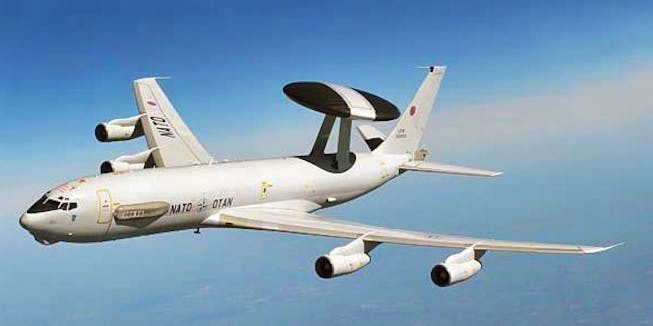
NATO’s Boeing E-3A Sentry: The military alliance’s early warning aircraft are stationed in Geilenkirchen, Germany.
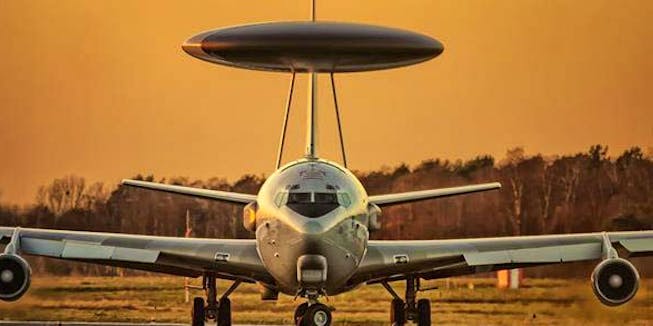
The large radome above the fuselage is noticeable.
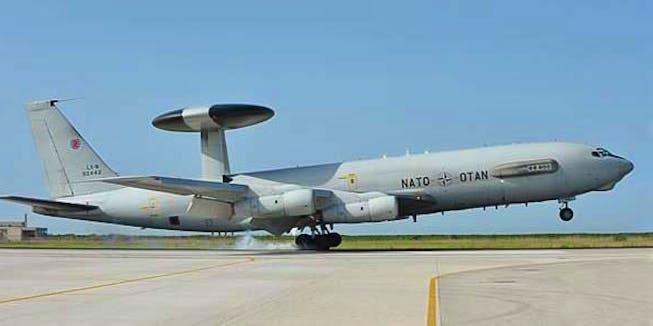
The E3-A can monitor large areas using radar. With three of them, it is possible to monitor the entire airspace of Central Europe.
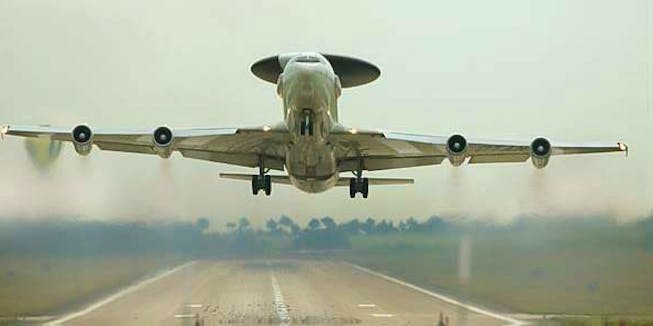
The NATO E-3A Sentry is still equipped with the original TF-33 engines. At ordinary airports it is not allowed to take off and land with the antique motors.
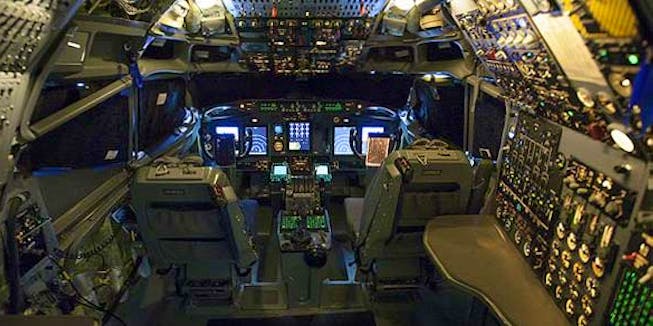
The cockpit of the Nato-Sentrys has been modernized in the meantime, but still needs a flight engineer as third pilot besides pilots.
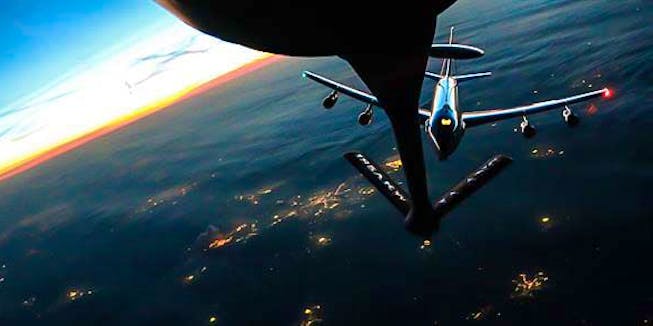
The early warning aircraft can be refuelled in the air.
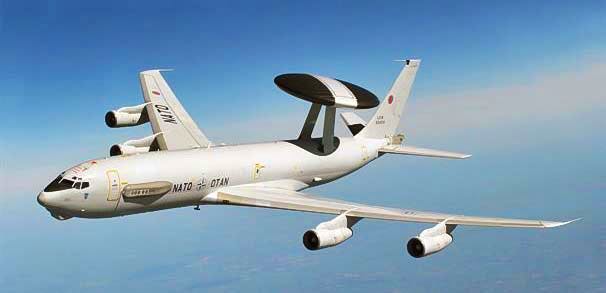
NATO’s Boeing E-3A Sentry: The military alliance’s early warning aircraft are stationed in Geilenkirchen, Germany.
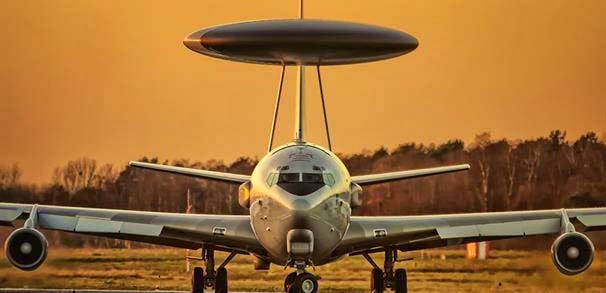
The large radome above the fuselage is noticeable.
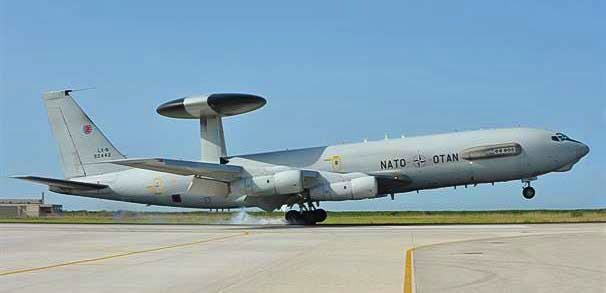
The E3-A can monitor large areas using radar. With three of them, it is possible to monitor the entire airspace of Central Europe.
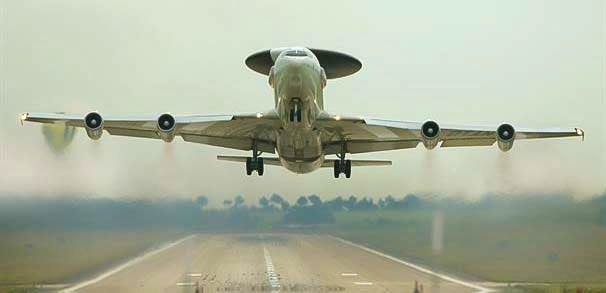
The NATO E-3A Sentry is still equipped with the original TF-33 engines. At ordinary airports it is not allowed to take off and land with the antique motors.

The cockpit of the Nato-Sentrys has been modernized in the meantime, but still needs a flight engineer as third pilot besides pilots.

The early warning aircraft can be refuelled in the air.
John Travolta alone was enough incentive for the N707JT to attract many onlookers at airports. The private plane was owned by the Hollywood star who piloted the jet himself. But the Boeing 707, painted in the old colors of the Australian airline Qantas, was itself an absolute rarity at many airports as a classic aircraft.
Already decades ago, airlines replaced the four-engined jet developed by Boeing in the 1950s, which made long-haul flights acceptable in the golden jet set era. Fans often only get to see a Boeing 707 in films. Even Travolta’s copy is now in a museum. One of the few active planes of this type can be found in Germany.
No windows, but big bowl
Large clouds of smoke and the enormous noise of the original JT3D and JT4D engines have long since ceased to be standard in modern aviation. If you want to experience what airplanes used to sound like, you have to go to Geilenkirchen. Not far from Aachen and the border to the Netherlands, NATO operates 17 examples of the Boeing E-3A Sentry at Geilenkirchen Air Base.
Even laymen can quickly recognize this special version of the Boeing 707. As early warning aircraft the grey painted Sentrys carry a large radar dish on their fuselage. The flying control centers for combat aircraft are known in the military as so-called Awacs. This stands for Airborne Warning And Control System.
Engines the same since the 1980s
The fact that special versions of the Boeing 707 are still used as military jets is actually nothing unusual. In the US Air Force the KC-135 is still the backbone of the air-to-air refuelling fleet. France or the United Kingdom also still used military versions of the Boeing. However, most of these 707 have been retrofitted with more modern engines like the CFM 56.
This is different with the E-3A from Geilenkirchen. Nato-Sentrys still use TF-33 engines, and the military version of the civilian JT3D engine has been powering early-warning aircraft since its delivery in the early 1980s.
Radars more important than engines
In its nearly 40-year history of operations, NATO has continuously modernized its Sentrys. The aircraft are extremely important to the Alliance. According to NATO, three E-3A are sufficient to monitor all of Central Europe’s airspace. While during the Cold War they were supposed to warn of Soviet bomber fleets, Awacs play an important role today when, for example, no-fly zones over crisis areas must be enforced.
In terms of radar technology, the NATO aircraft thus remained up to date. But the fact that the E-3A is still powered by the TF-33 is also due to the operator. In contrast to airlines, air forces do not have to fight price wars among themselves. High consumption values and the associated short ranges can be compensated for by air-to-air refueling.
Loud and dirty
The disadvantages of the antique engines have to be endured especially by the residents around Geilenkirchen. Already in 2010 the neighbouring Netherlands threatened with a flight ban for the NATO E-3A. During take-off, the jets cause enormous noise pollution and generate high emission levels, complain the Dutch government as well as residents’ associations in Germany and the Netherlands.
At many western commercial airports the E-3A are no longer allowed to take off and land because of their TF-33 engines. Citizens’ protests have long been calling for a modernization of the E-3A fleet. But a withdrawal of the base would hit the region economically. But because a conversion of the engines is expensive, NATO should consider it.
In the picture gallery above you can see pictures of the NATO Boeing E-3A Sentry.
